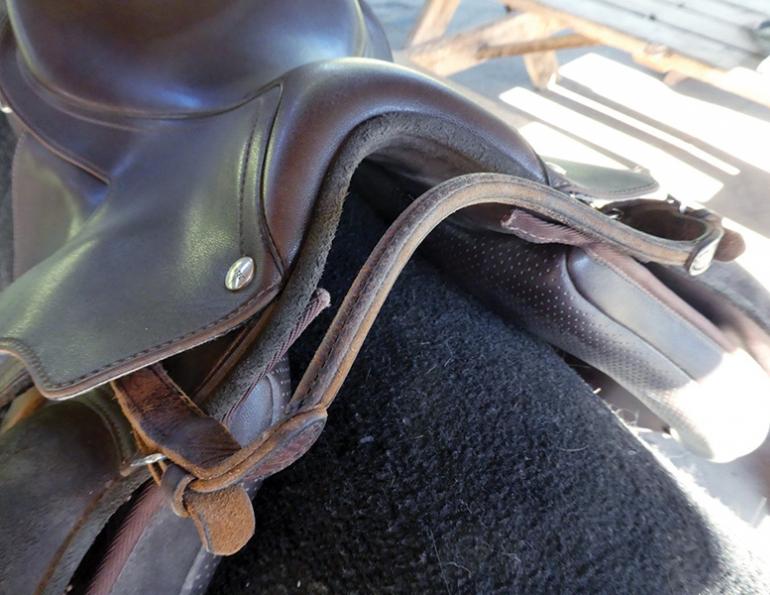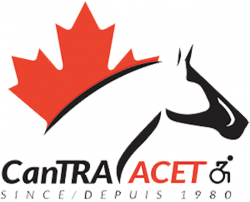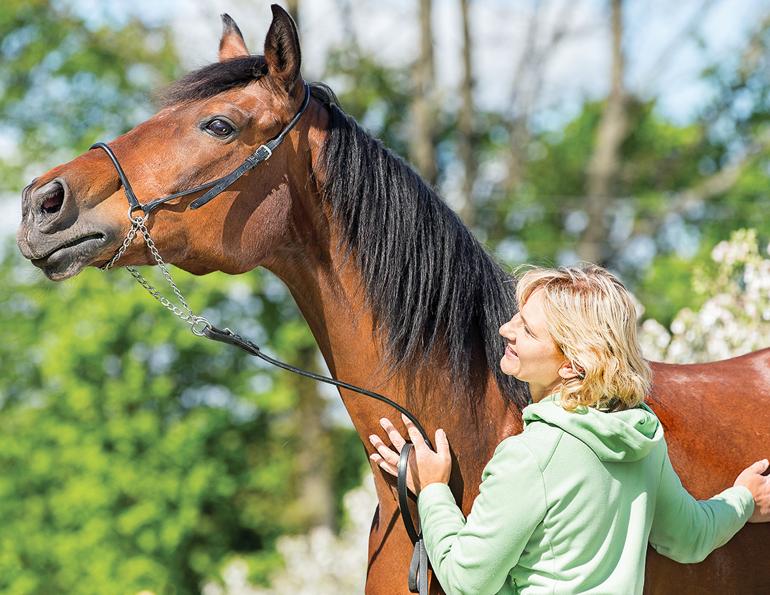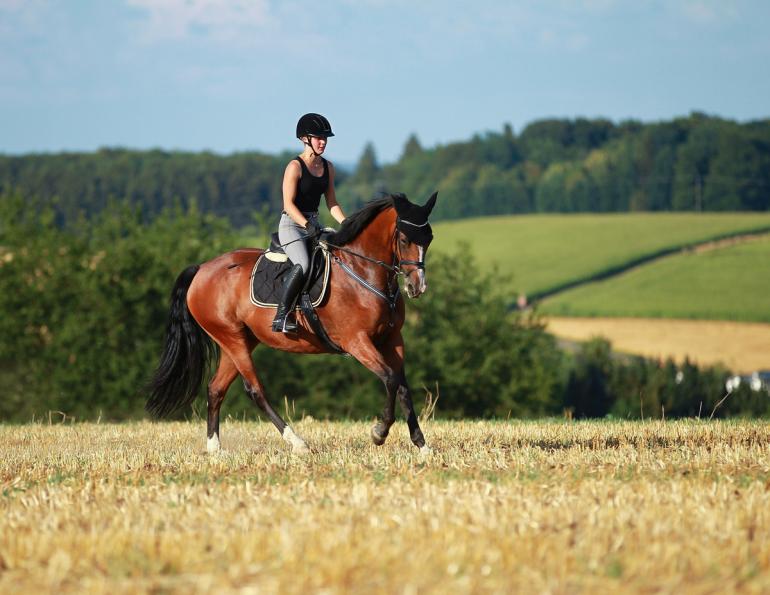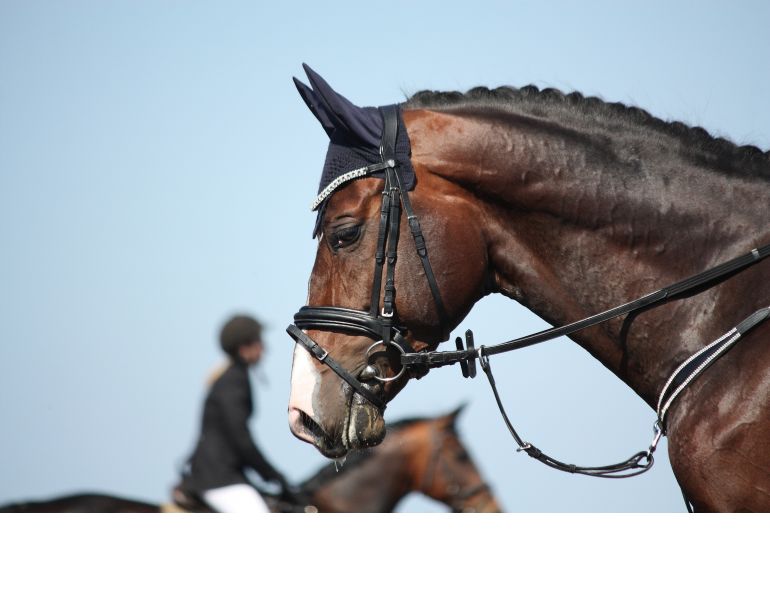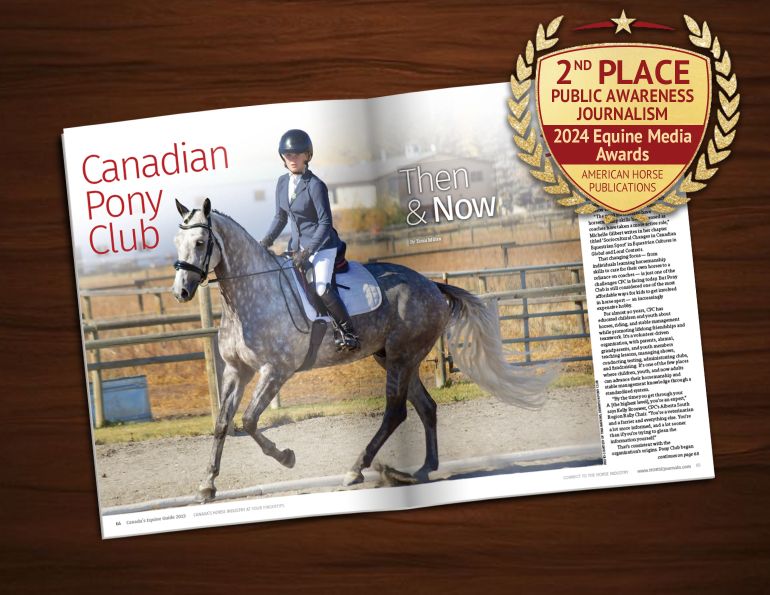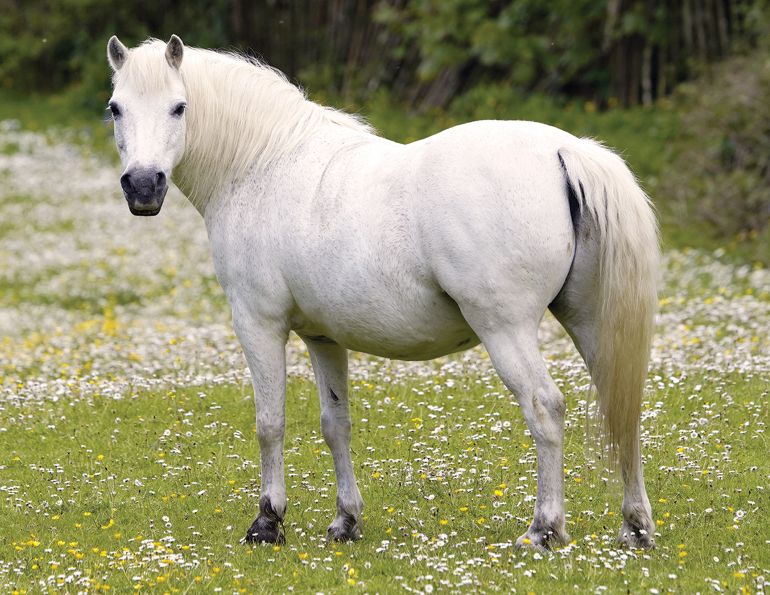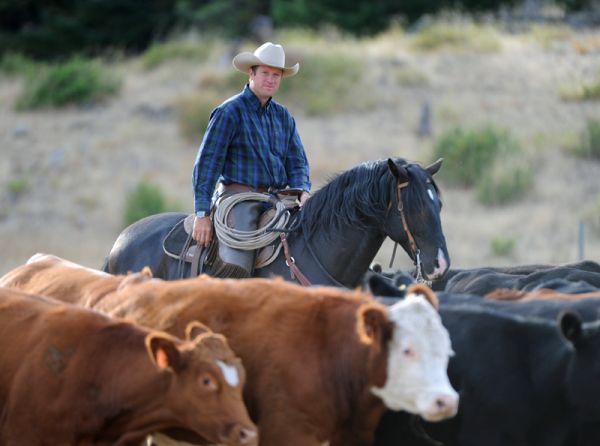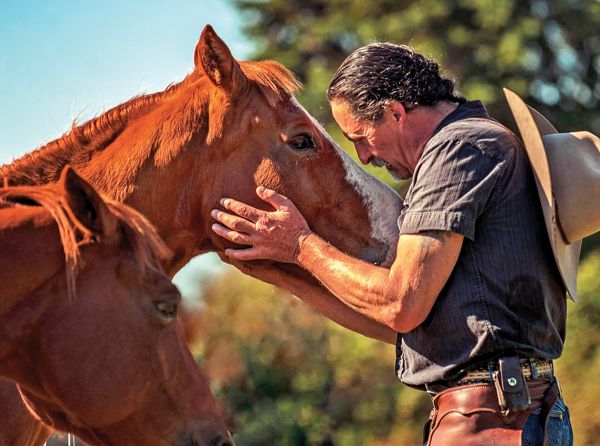Article and photos by Christine Ross, CanTRA President, CanTRA Coach
Adaptive tack is used in therapeutic riding to compensate for the rider’s physical or cognitive limitations, thereby enabling safe riding accomplishment. There is a wide range of adaptive tack and here is an introduction to the most commonly used items in a Canadian Therapeutic Riding Association (CanTRA) accredited program. None of the adaptive tack described here affects the well-being of the horse.
During their training, CanTRA Therapeutic Riding Instructors learn about how to use adaptive tack effectively to be able to assist their riders in the best possible way. Adaptive tack allows therapeutic riding instructors to design their lesson plans so the riders can have successful outcomes.
Rainbow Reins

These reins are used in many equestrian centres where young students are learning to ride. The use of blocks of colour on each rein help the rider to have fun while learning how to shorten and lengthen the reins according to the colour. The use of these reins is for anyone who is learning to ride and, particularly in therapeutic riding, greatly assists riders of all ages. For those with developmental delay, rainbow reins provide a visual aid combined with verbal directions given by the certified instructor.
Ladder Reins
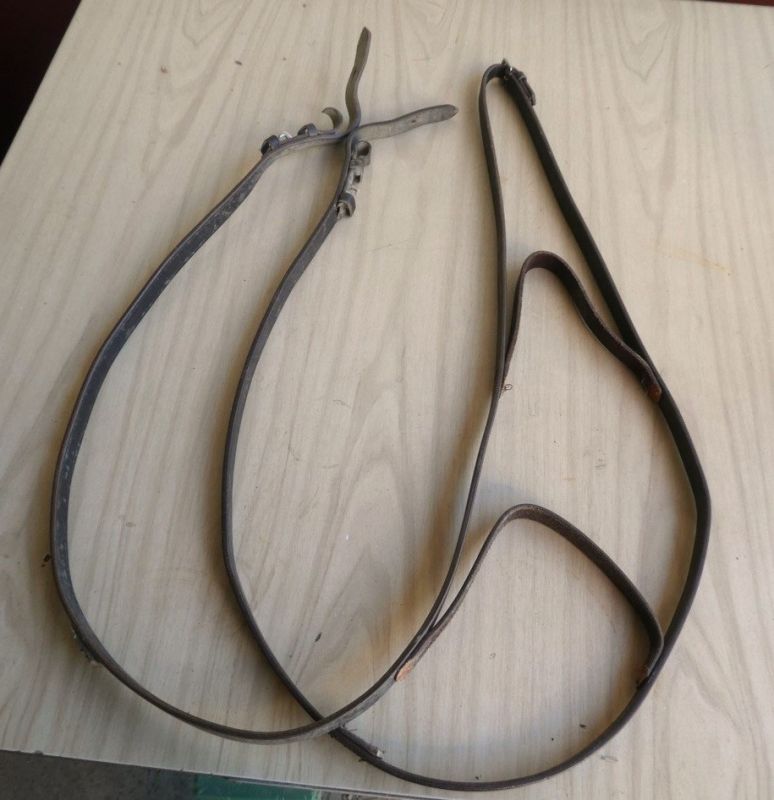
The two reins are joined together on loops of leather at regular intervals from one rein to the other, giving the appearance of a ladder. These reins are very useful for a rider who has only one functional arm, and enables good control of the horse.
Loop Reins
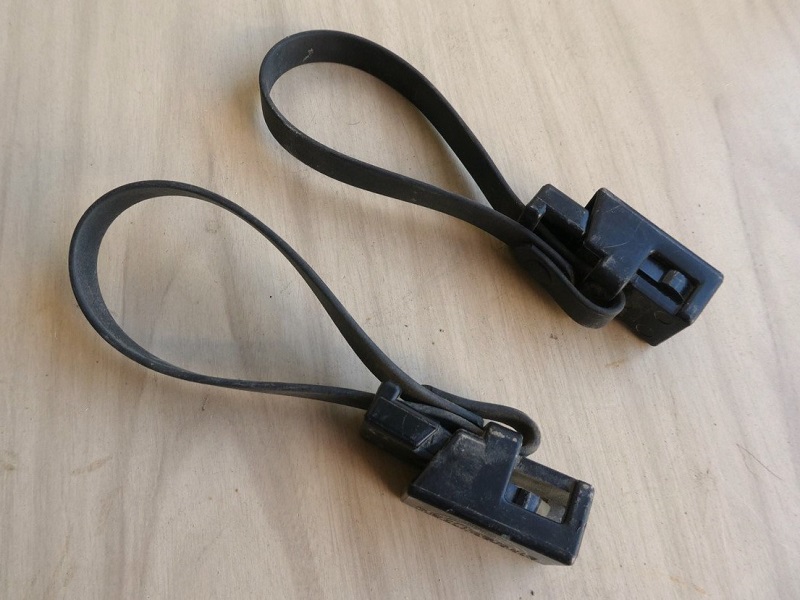
Loop reins can be used for a rider who has difficulty grasping or holding conventional reins. They may be useful for a rider who has an arm or hand impairment. The loop reins may have loops at two different rein lengths allowing for the lengthening and shortening of the reins.
Devonshire Boots
These are made of soft leather and attached to the front of the stirrups. This ensures that, if a rider cannot wear a shoe or boot with the required heel due to their disability, their foot does not slip through the stirrup. There is also a toe-stopper that clips on the stirrup and is made of soft rubber. 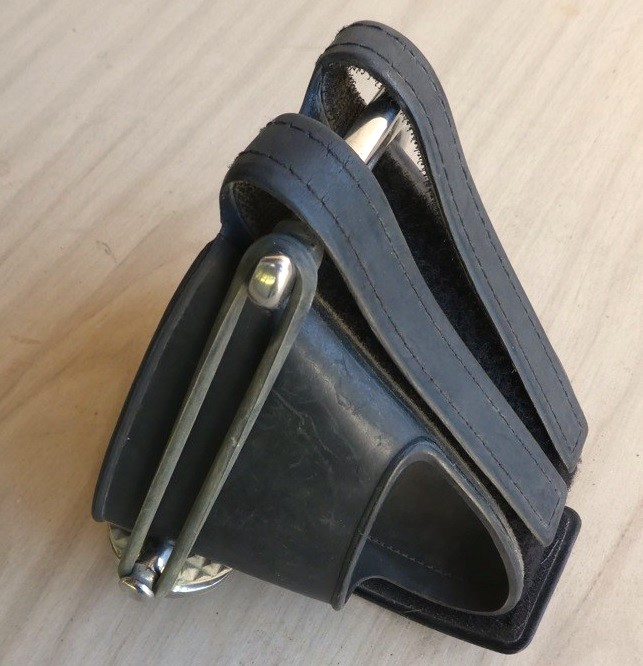
Toe Stoppers
Safety Stirrups
There are several different kinds of safety stirrups. The type that is most popular for the young rider and is very affordable is called the “peacock stirrup.” They are like a regular stirrup but have a heavy rubber band on the outside that will break away should the person’s foot get caught in the stirrup.
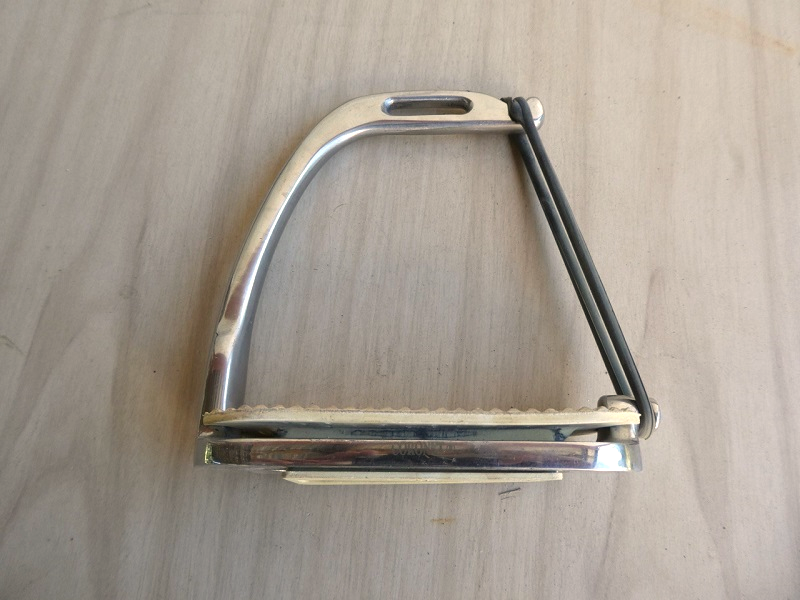
Peacock Stirrups
Stirrups need to be big enough so a person can fit two fingers on the inside when the foot is in. The rubber bands need to be replaced periodically.
Hand Hold
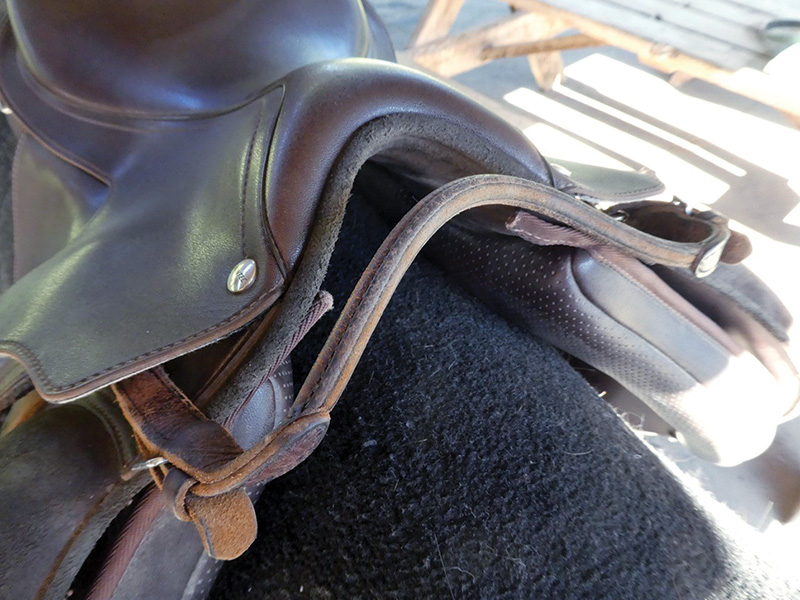
The hand hold is a short leather piece which fits with buckles on to the D-rings at the pommel of the saddle. This is very useful for riders to hold on to, as well as a neck strap, when requiring extra stability to maintain a secure seat in the saddle. It also provides more confidence and security for beginner riders. Most English saddles used for therapeutic riding have a hand hold attached all the times.



